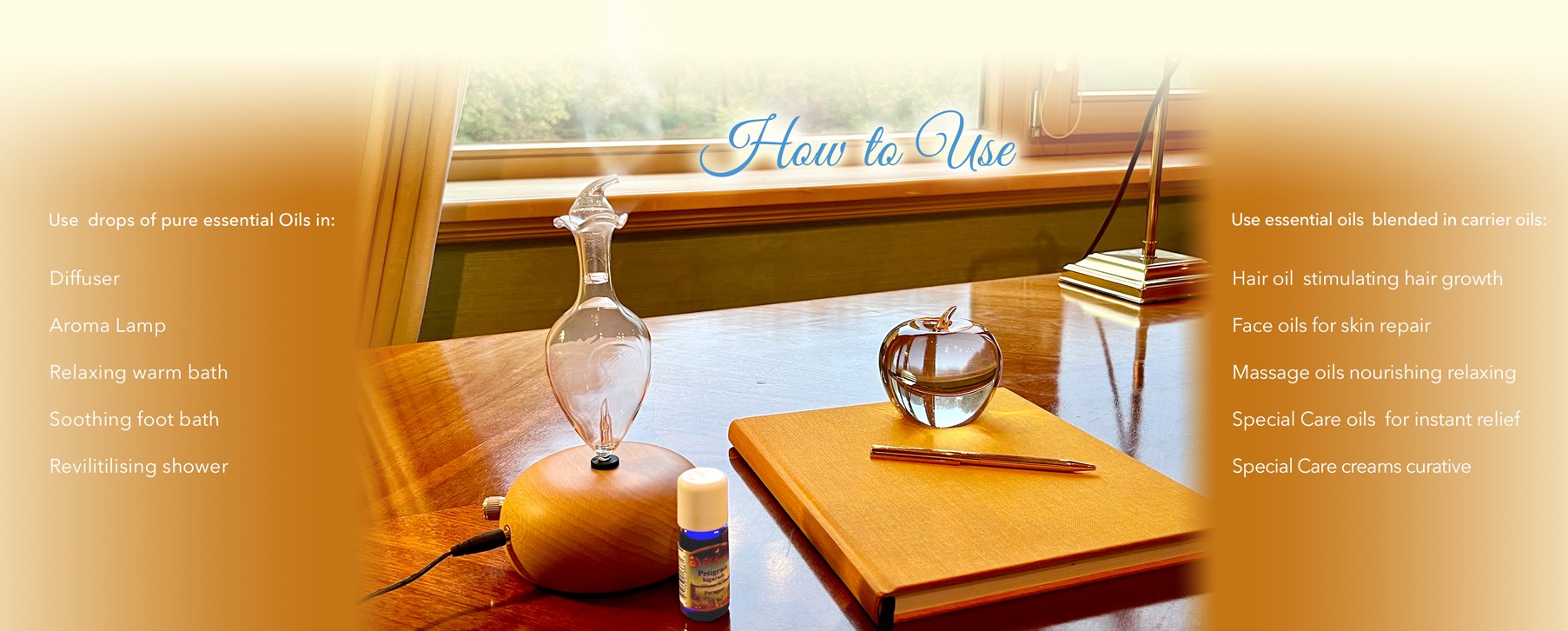How to use
our Essential Oils
There are so many ways to use VedAroma essential oils: in a diffuser or aroma lamp; mixed with a carrier oil for head, face, or body massage; in a warm bath or sauna to relax and re-energise; in a foot scrub, hand cream, or special care oil for instant relief; in the kitchen and for first aid. VedAroma essential oils can be used in countless ways, around the clock, everywhere in your home.
AREAS TO USE
You can completely transform the character of a room in just a few minutes
using a few drops of a favourite essential oil or synergy blend
in an aromatherapy diffuser.
Massage
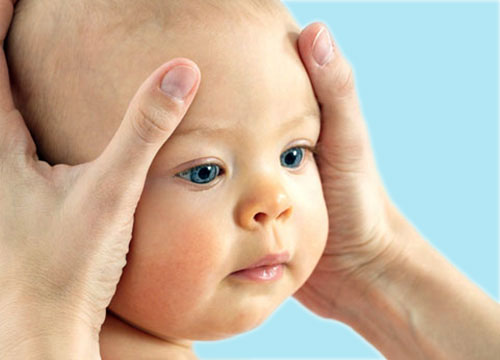
Massage is considered by many to be one of the best ways to experience aromatherapy, due to the combined benefits of touch and the beneficial effect of the essential oils. Massage relaxes muscles and improves muscle tone, circulation, and lymph flow. It promotes a relaxed state of mind and emotions.
Dilute for Massage
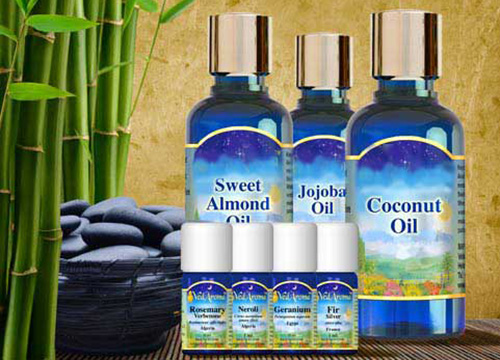
Essential oils should always be diluted in a good quality vegetable carrier oil before applying to the skin (i.e. sweet almond, sesame, jojoba, olive oil, etc.). The standard dilution is 1–3% essential oil, or about 20–40 drops of essential oil to 2 ounces (60 ml or 4 tablespoons) of vegetable oil or fragrance-free lotion. Sensitive skin may require a lower amount, such as 10 drops in 2 ounces, or even less.
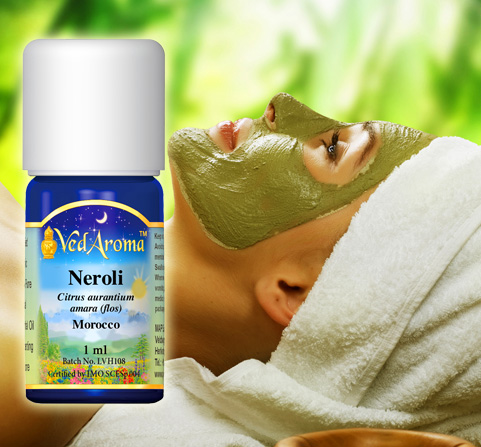
Facial Oil
Use 2–5 drops of essential oil to 1 ounce (30 ml) carrier oil (e.g. almond or jojoba oil).
Facial Steam Bath
Add 1–2 drops of essential oil to 2 litres of hot water, put your face over the water
Facial Mask
Mix clay, healing earth, or oatmeal with water to form a smooth paste and add 2–4 drops of essential oil.
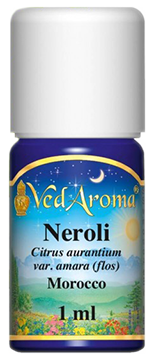
Neroli is one of many oils
that can be used for facial treatments.
Refer to Power of Essential Oils booklet.
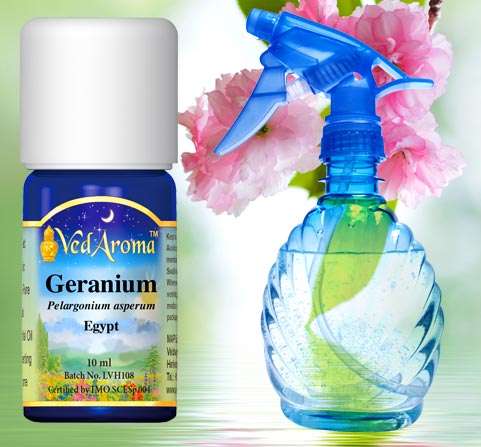
Mist
Misting is a convenient way to impart the enticing aroma of essential oils in the room or on your skin. Fill an 8-ounce mister bottle with 20–30 drops of essential oils. Shake vigorously each time before misting.
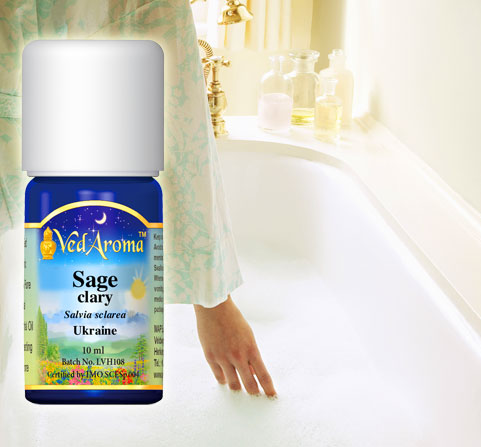
Bath
Baths combine the restorative effects of both water and essential oils in a most pleasant way. They are perfect for relaxation and to enhance physical, mental and emotional balance and well-being. Use 5–15 drops to a full tub of water and 3–5 drops for a sitz bath. It is best to mix the essential oils with some carrier oil, a little cream, or honey, or with bath salts to help them disperse in the water, and add the essential oil after you have immersed yourself, so you receive the full benefit of the oils as they begin to diffuse in the warm water.
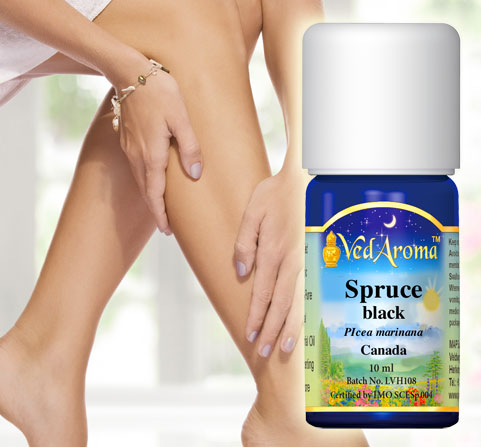
Shower
After your shower, add 3–5 drops of essential oil in your hands and rub them together. While your skin is still damp from the shower, quickly and evenly spread the oil over your arms, legs, and torso. Allow to dry.
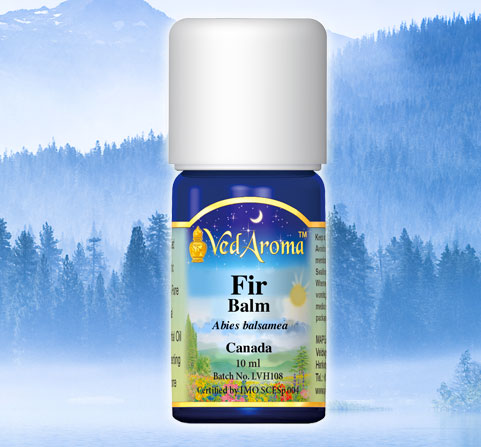
Sauna
Put one drop of essential oil on the hot rocks or mix 5 drops of essential oil in one cup of water and pour over rocks.
Direct Application
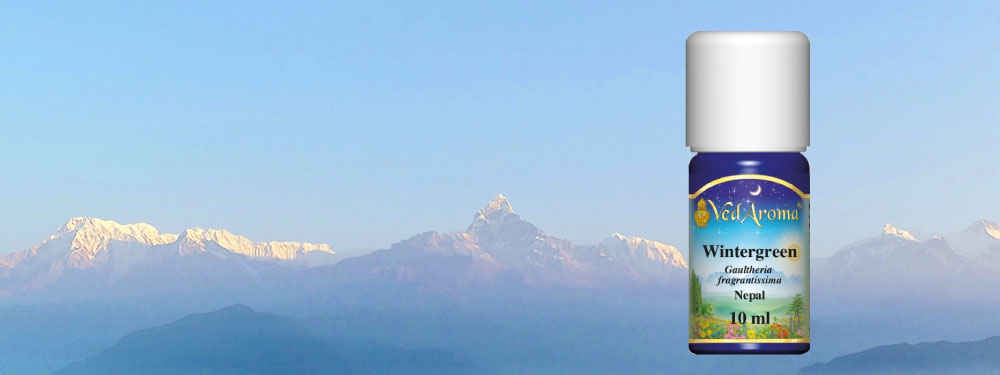
In certain situations a specific direct application is useful. In these cases, a stronger dilution can be applied for a brief period of time. The essential oils can be diluted in a carrier oil or other medium such as aloe vera gel or witch hazel.
Some essential oils such as lavender and tea tree can be used undiluted for small areas. Experiment with the strength and adjust to a higher dilution if there is skin irritation. To start: 10 drops of essential oil in 1 teaspoon of carrier oil.
Direct Inhalation
and Steam Inhalation
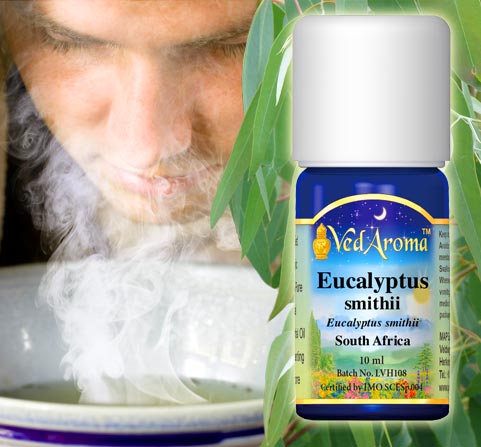
Inhale the fragrance three or four times through the nose, directly from the bottle or from a tissue sprinkled with 4 drops of essential oil. Alternatively, add 3 drops of essential oil to a bowl of hot water, cover your eyes, place a large towel over your head, and inhale the steam deeply. Repeat as required. (Excellent to maintain healthy respiratory function.)
Chest and
Upper Back Rub
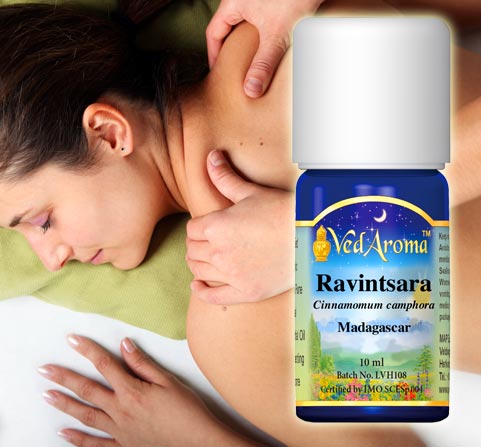
Many essential oils are recommended to assist respiration, such as eucalyptus, fir, rosemary, and spike lavender. Dilute 10–20 drops of essential oil in 1 ounce (30ml) of carrier oil and rub on chest and upper back.
Tips and Around the Clock
There are innumerable possibilities to enhance your physical, mental, and emotional well-being with aromatherapy in an easy and pleasant yet profound way. Read more…
Important Information
Essential Oils are highly concentrated extracts of medicinal plants, very powerful in their effect and should be used with moderation and great care. Due to the complex chemical structure and large number of components, each essential oil has a wide range of properties and ways that it can be used. An essential oil can cover a wide field of activities: the same oil can stimulate certain systems of the body while sedating or relaxing others.
Because essential oils are natural, organic substances, they are balancing and normalizing in their effect—unlike any synthetic chemical substance. They enliven the body’s own self-healing mechanism and restore wholeness and life to body, mind, and soul. Synthetic and inorganic substances do not carry with them the inherent intelligence of the plant.
Essential oils used for massage:
General instructions for dilution
If used other than for ambient diffusion, i.e.
- For massages, essential oils should always be diluted in good quality vegetable carrier oil before applying to the skin (i.e. sweet almond, sesame, jojoba, olive oil, etc.).
The standard dilution for adults is 1–3% essential oil, or about 3–10 drops of essential oil in 15 ml (= 1 tablespoon) of vegetable oil (20 drops = 1ml). - For children, sensitive skin, and during pregnancy the dilution should be 0.5%-1% (1-2 drops in 10 ml).
- For a full bath use for adults 5–15 drops and 3–5 drops for a footbath. The essential oils should be diluted with some carrier oil, a little cream, or honey to help them disperse in the water.
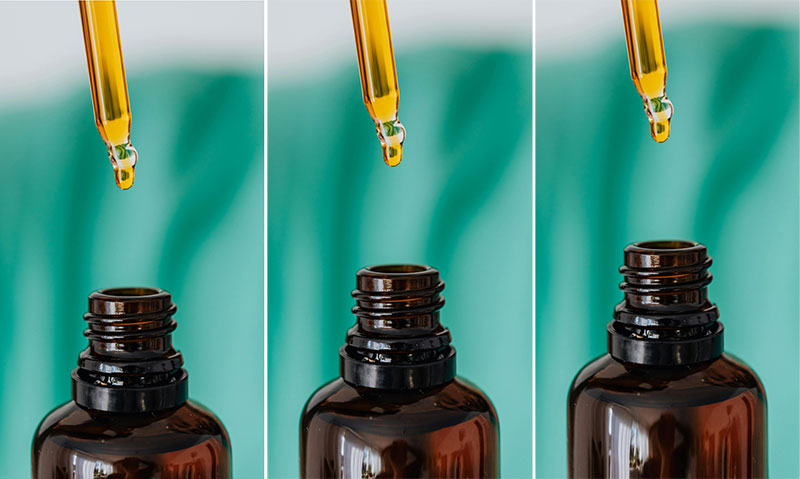
Specific oils requiring higher dilution
Essential oils of Clove bud, Cinnamon (leaf or bark), Oregano, Savory, Thyme (thymol and borneol) can irritate the skin, use only highly diluted (0.5%—1% dilution). For sensitive skin care should also be taken with Aniseed, Fennel, Lemongrass, Melissa (Balm), Peppermint, Sage, Wintergreen, and sometimes also Basil, Ginger, Lemon, and Bitter Orange (1 – 3 % dilution).
Some precautions
- These oils (except the citrus oils) should also not be used for children under 2 years and during pregnancy.
- If pregnant avoid in addition: Cedarwood, Clary Sage, Juniper, sweet Marjoram, and Myrrh.
- If applying photo-sensitizing essentials oils like Bergamot, Orange, Mandarin or Lemon to your skin (even in dilution) do not expose your skin to direct sun for several hours afterwards (to avoid pigment spots). The furocoumarin free Bergamot is ok.
- In case of high blood pressure Hyssop, Rosemary, Sage and Thyme (thyme) are contra-indicated; a gentle massage with relaxing essential oils however is very beneficial.
- In case of Epilepsy do not use the essential oils of sweet Fennel, Hyssop, Rosemary and Sage.
- If you have a medical condition we recommend that you seek the advice of a Maharishi AyurVeda practitioner or aromatherapist.
